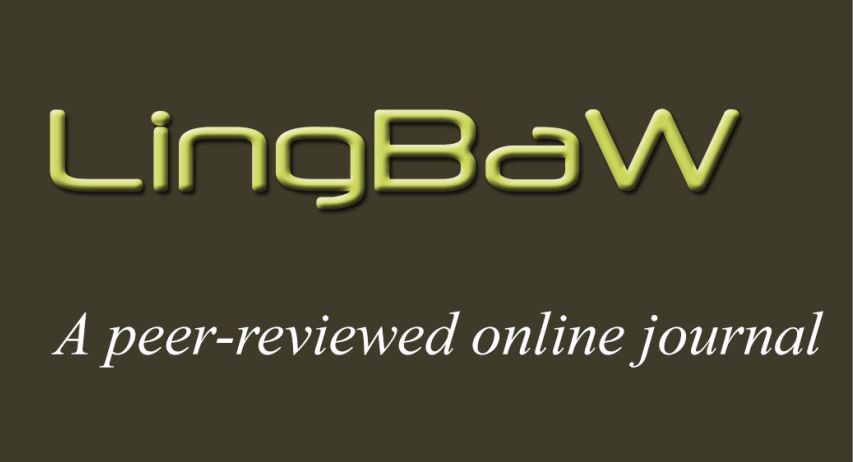RETRACTION AND CORRECTION POLICY
Once an article is published, it becomes part of the scientific record and should not be altered or withdrawn without the publication of an official notice. The LingBaW. Linguistics Beyond and Within journal places high value on the credibility of its published articles, and our policy regarding retractions and corrections, which is outlined below, follows established best practices in academic publishing to ensure the integrity and completeness of the scholarly record.
RETRACTIONS
A retraction is as an official notice informing readers that a published paper has been retracted and should no longer be regarded as part of the scientific literature as it contains significant flaws or errors in content or data which render the findings and conclusions unreliable. To preserve the integrity of the scientific record, a retracted paper is not removed from the journal, but it is clearly identified as retracted and a notice of retraction is issued. Papers may be retracted in the following circumstances:
- if there is clear evidence that the findings are unreliable due to a major error in the study data or results, research misconduct (such as data fabrication or falsification), or an unintentional but significant mistake;
- if the paper has been plagiarised or it constitutes redundant publication (in particular, if the findings have previously been published elsewhere without proper acknowledgment, permission to republish or justification);
- if the paper contains material or data used without authorisation or the use of which constitutes copyright infringement;
- if the paper reports unethical research;
- if the paper has been approved for publication based on a compromised or manipulated peer review process;
- if there is clear evidence of a significant conflict of interest not disclosed by the author(s), which could improperly influence the paper’s interpretation or the reviewers’ recommendations.
Whenever a published paper is retracted, a retraction notice is promptly published on the journal’s website, made freely available to all readers, linked to the retracted paper and contains at least the following information:
- clear identification of the retracted paper by the title and the author(s) in the retraction heading;
- the date of retraction;
- the party responsible for the decision to retract the paper (the author(s) or the editors/publisher);
- the reason(s) for retracting the paper, stated objectively and in sufficient detail.
For further information and guidance on retractions, authors and readers are kindly advised to refer to the COPE Retraction Guidelines.
CORRECTIONS
When a published article is found to contain flaws or errors that are not significant enough to merit a retraction, because they do not affect the reliability of the findings or conclusions, the paper is corrected, rather than retracted. Published papers may be corrected as follows.
-
A corrigendum is a statement issued by the author(s) that provides a brief explanation of any corrections made to rectify the error(s) detected in the original paper after its publication, including any impact on the paper’s conclusions. Upon removing the original paper and replacing it with a corrected version, a notice of corrigendum is issued, linked to the corrected article and made freely available to all readers.
-
An editors’ note is a statement issued by the editors, notifying readers that a paper has been corrected after publication to rectify typographical or production errors (attributable to the editors or the publisher) that affect the integrity of the paper’s metadata (e.g., the title or the author list) or substantially hinder the readers’ ability to understand the paper. Upon removing the original paper and replacing it with a corrected version, an editors’ note is issued, linked to the corrected article and made freely available to all readers.
-
Minor errors, which do not have an impact on the integrity of the paper’s metadata or readers’ ability to comprehend the paper and do not involve any scientific inaccuracies or omissions, may be corrected at the discretion of the editors. The original article is then removed and replaced with a corrected version, which contains the date the correction was made. Such minor corrections (which do not require a notice of corrigendum or an editors’ note) can be made only within one year of the original publication date. If a paper is corrected more than one year after its original publication date, an editors’ note is issued.






